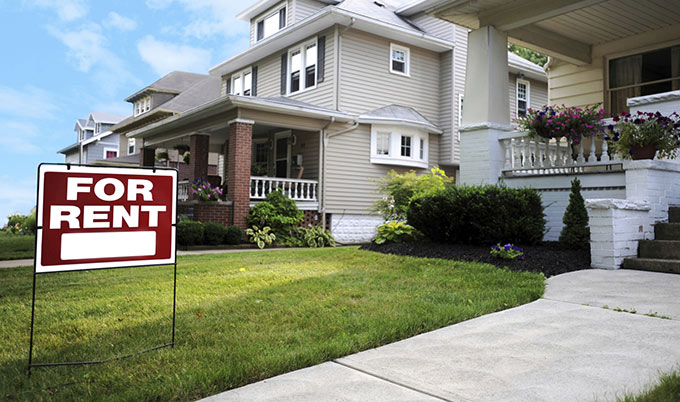Renters’ preferences for urban locations is being reversed due to the ongoing COVID-19 pandemic, and many are now choosing suburban markets with more space as they no longer face long commutes to work.

Searches for rental apartments in the suburban markets of Sacramento, California; Norfolk, Virginia; and Inland Empire, California, for example, increased from 3.2% to 4.6% by the end of the third quarter compared to March, data from CoStar Group shows.
"They're markets that are close enough to cities like San Francisco, Los Angeles, and Washington, D.C., that allow people to be close enough to go into the office if they really need to, but far enough to save," John Affleck, CoStar's vice president in charge of market analytics, told The Wall Street Journal.
Millennials and empty nesters have for years shown a desire to live in urban centers where there are more activities and they’re closer to work. As such, rents in those locations tend to be much higher, and new apartment developments are commonplace, often springing up rapidly.
But the greater affordability of suburban areas, which also tend to provide more space, are now proving to be a draw in these pandemic times. In downtown Houston for example, the rent for a two-bedroom apartment averages $2,600 to $2,700 per month. But just 10 miles west it falls to just $1,500 per month for a similar apartment, Ric Campo, CEO of Camden Property Trust, told the Journal.
The only problem is that younger renters will need to move fast, as suburban rents are rising as demand grows. Also, there is much less supply of newly built suburban rentals because most new developments are still focused in urban cores.